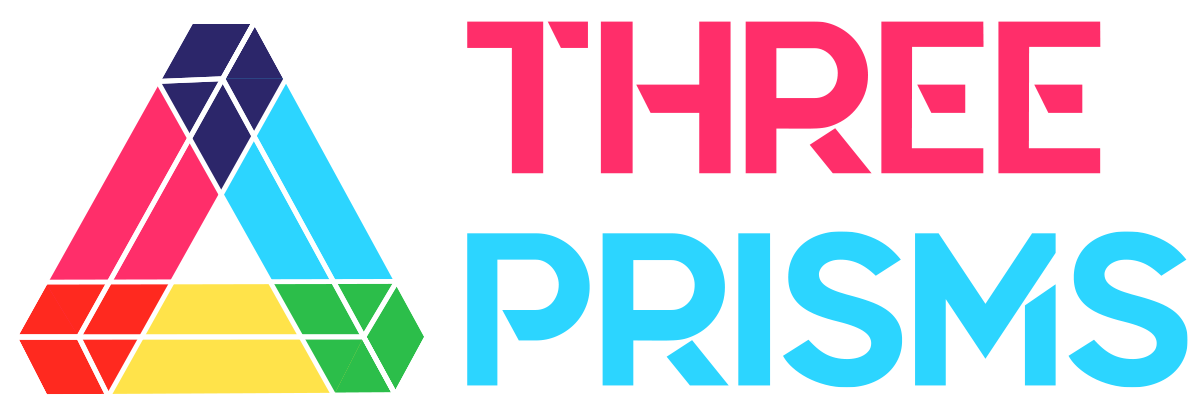Observing
I studied biology as an undergrad and my favorite course was one focused on natural vertebrate history. We were outside for almost all sessions of this course. My professor would always remind to us to not just look in front of us as we hiked and walked, but to look around to be sure to observe more than what we see right in front of us. Observing, as I also mentioned in my last post, is such an amazingly powerful skill in working with people. It is an amazing tool you have to support your children in learning.
What excites your child? You know a lot of that information by observing them and knowing their interests and passions. That information is the ticket to engaging them in learning. Now, the challenge is that sometimes what your kids are learning in school doesn’t directly tie to, for example, Greek Mythology which my kids love. I know, as a teacher, that there is sometimes wiggle room to adapt the lesson to tie it to individual students’ interests. One of my high school students, Greg, who I taught for two years in 9th and 10th grade, wanted to be a firefighter. In my science classes, I told Greg that we’d work together to figure out how everything he was learning in my class could tie to his interest in firefighting. And we did it! Sometimes it was just a connection we made in class and other times it was a slightly altered assignment for him to tie in firefighting. With strong communication with teachers, you or your child can reach out to discuss opportunities to adapt assignments to align with interests and passions.
Finding new interests and passions is always an opportunity with learning. So, if your child is learning something new, challenge them to connect it to something they are already interested in or to be curious to see if it could be a new interest. Also, working with your child(ren) to connect what they are learning to the real world and current events is another way to make learning feel relevant. With all going on in the world, we are able to connect most subject matter to something that happened, is happening, or is predicted to happen. Observing what piques your child(ren)’s interest unlocks more and more windows to who your child is and who they are becoming.
What is easier for your child to learn? What is more difficult for them to learn? Teachers use all different types of assessments to figure out what supports their students need. Diagnostic assessments help figure out learning strengths and gaps whereas formative assessments provide in-the-moment data about what a student understands or doesn’t understand. And, finally, summarize assessments evaluate what students have learned and usually contribute to a grade. You have the gift of time with your child whereas a teacher usually has a classroom of students to observe. It takes longer for a teacher to identify strengths and areas of growth. When you observe your child(ren), make note of where they struggle and where they shine. For example, my son will jump to do any type of math at any moment where he is much more reserved about reading. We’ve used these observations as a starting point to talk about how learning can take more work for some subjects and less work for others. And that is ok.
TRY IT: Dedicate some time to observing your child(ren) interact with subject matter, their teacher(s), and peer(s) on Zoom, most likely, right now. If you are not able to observe them yourself because of work or other commitments, ask whomever is with them during remote school to observe them.
Where are you seeing excitement and joy in your child(ren) with school?
Where do they lose interest or begin to lose their joy with school?
What are they doing outside of school that gives opportunities for connections with school learning?
What subjects are strongest for them? What subjects are more challenging?
These are just a few questions to frame your observing. You can also pose these questions to your child(ren) and share how your observations connect to what they tell you. Use the data to help their teachers get to know your child faster - especially important because remote learning doesn’t allow for small moments in classrooms when teachers learn about students through short conversations. If your child is in elementary school, don’t hesitate to email their teacher to share what you already know about your child as well as what you are observing as part of remote learning. If your child is in middle or high school, encourage them to communicate with their teachers about who they are and what they need to succeed.
Next up is a discussion about figuring out the biggest challenges by IDENTIFYING.
Reach out for additional personalized guidance about supporting your child(ren)’s remote/hybrid learning or homeschooling.
